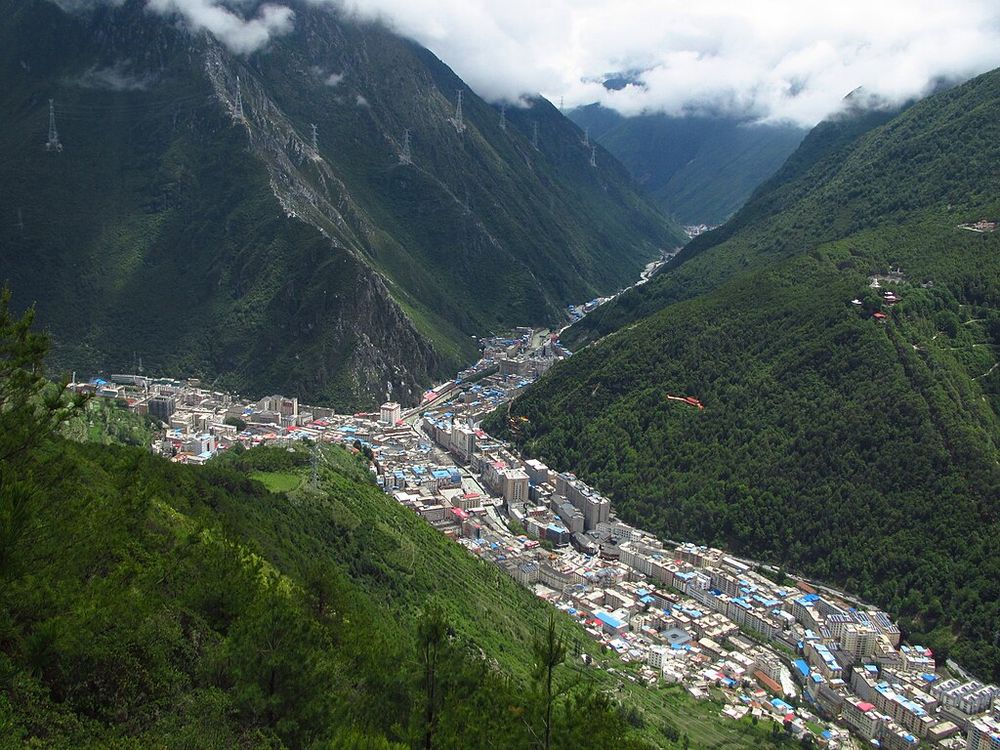Overview
Kangding (康定), a UNESCO Creative City of Music (2021), is a 2,600m-high frontier town where the Han and Tibetan worlds collide. As the political/cultural heart of Kham Tibet, it spans 11,600 km² with 24 ethnic groups (73% Tibetan). The city straddles the Dadu and Zheduo Rivers, framed by the Gongga Mountain range.
Key Features
-
Cultural Fusion
- Tea Horse Road Legacy: Historic trade hub since the Tang Dynasty, marked by Kangding Love Song Square and Tibetan markets.
- Ethnic Diversity: Blend of Tibetan Guozhuang dance, Hui mosques, and Han architecture. The Anjue Monastery (15th century) is a spiritual anchor.
-
Natural Wonders
- Gongga Mountain (Minya Konka): At 7,556m, it’s Sichuan’s highest peak. Nearby Mugecuo Scenic Area offers turquoise lakes and virgin forests.
- Hot Springs: Erdaoqiao Hot Springs (45°C) with therapeutic minerals.
-
Urban Highlights
- Paoma Mountain: Sacred site with annual horse racing festivals.
- Zheduo Pass: Gateway to Tibet at 4,298m, famed for sunrise views.
Visitor Essentials
- Best Time: May–October for mild weather; winter showcases snow festivals.
- Transport:
- From Chengdu: 7-hour bus (¥150) or 1-hour flight to Kangding Airport.
- Local Tips: Acclimate to altitude; try yak meat hotpot and butter tea.
Nearby Attractions
- Xinduqiao: "Photographer’s Paradise" with Tibetan villages (70km west).
- Hailuogou Glacier: Low-altitude glacier park (3-hour drive).
Kangding’s "Three Treasures"—music, mountains, and multiculturalism—make it a must-visit Silk Road relic.

